Langholm in Lejre Vig
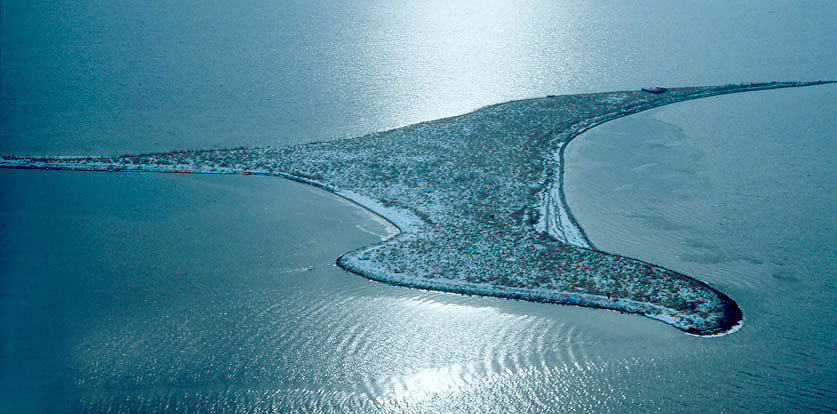 Langholm in winter, from the north west.
Langholm in winter, from the north west.
Langholm lies in the middle of Lejre Vig. It is mostly grassy, but in places where water voles have scraped up mounds of loose soil there are clusters of annual and biennial plants.
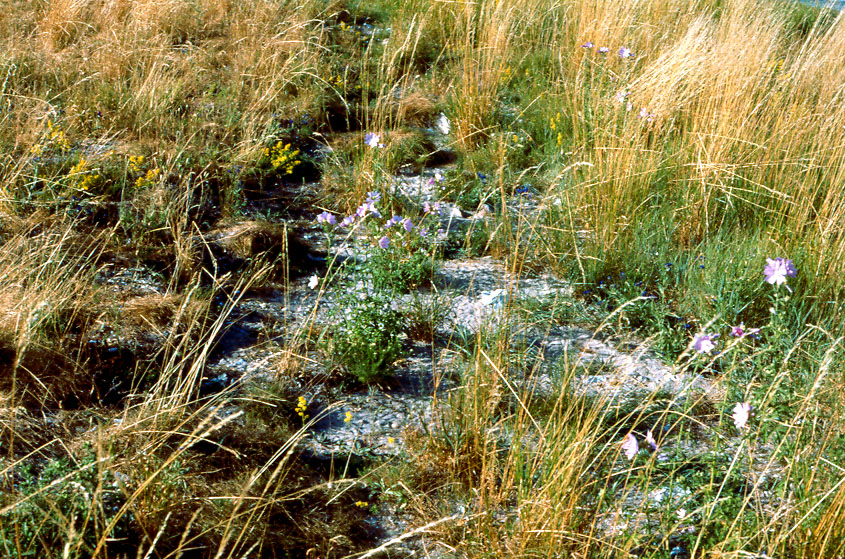 Water voles create seedbeds for greater musk mallow.
Water voles create seedbeds for greater musk mallow.
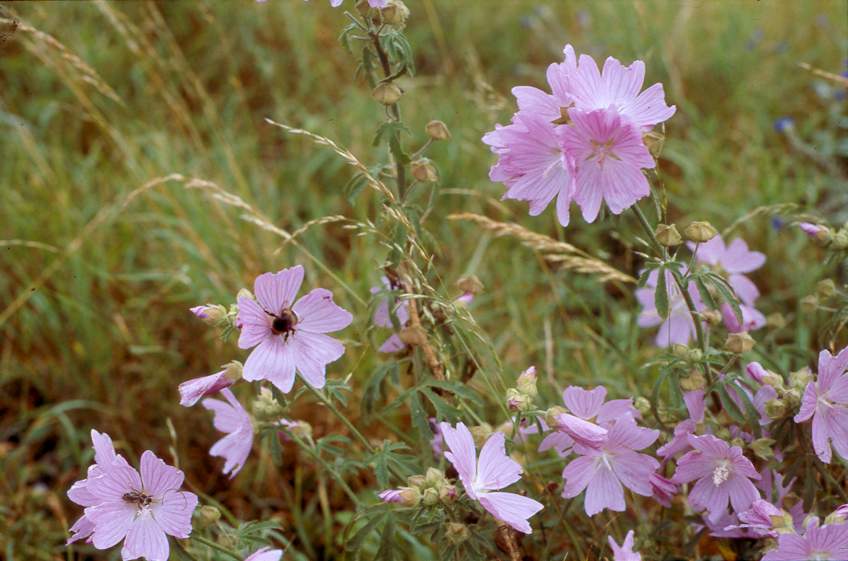 Greater musk mallow in flower on Langholm.
Greater musk mallow in flower on Langholm.
The lovely greater musk mallow is the most eye-catching, but there are other beautiful flowers, like pansies.
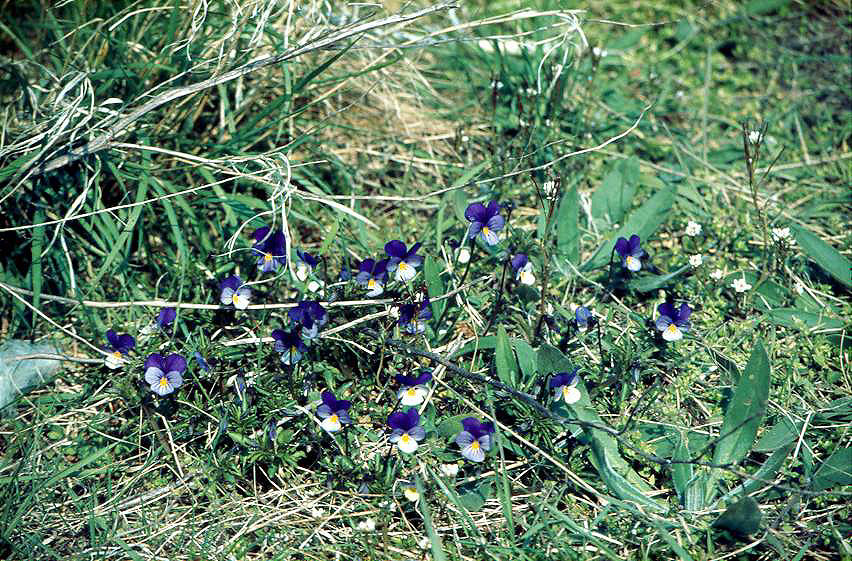 Pansies in flower on Langholm.
Pansies in flower on Langholm.
On the northern end of the island there is a large block of wild asparagus. This is the only island where this is found and it has stood in the same place for at least 35 years.
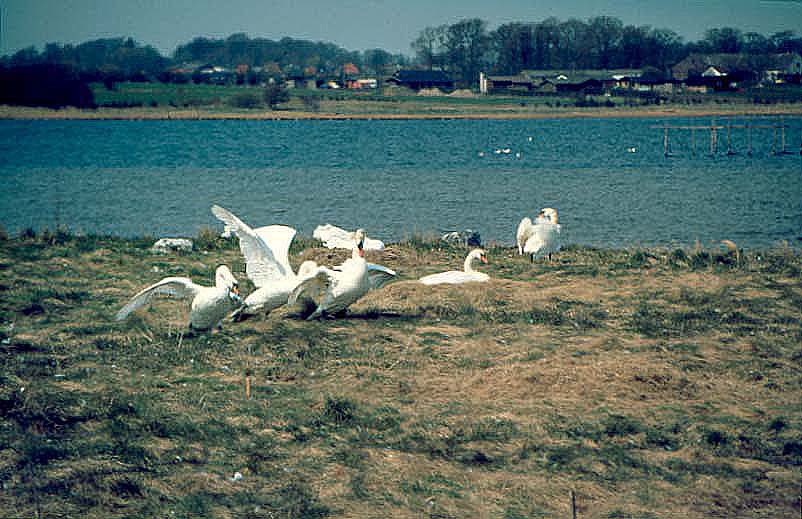 Swans fighting for territory on Langholm.
Swans fighting for territory on Langholm.
Langholm has the biggest mute swan colony in the fjord, with up to 150 nests. For many years this has been the object of intense study into swans’ breeding conditions. The island is also home to a large herring gull colony (about 100 nests) and a couple of good common gull and black-headed gull colonies. The fresh water species (greylag geese and tufted duck), which do not need reed beds, are also found here.
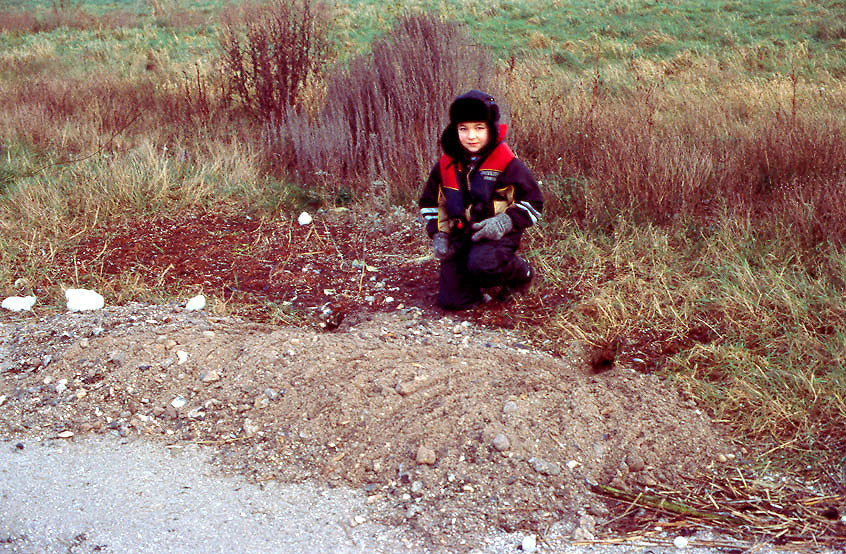 Two rat holes on Langholm. Compare the size of the mound of earth with Lasse.
Two rat holes on Langholm. Compare the size of the mound of earth with Lasse.
Like the nearby Hyldeholm, the island has been plagued by rats, which has been a catastrophe for the gulls and terns. One year there was a stoat on the island. It killed 35 mature common terns, 13 of which were ringed –enough to give a picture of the age profile of the breeding common tern. It later exterminated the island’s water vole population, which led to a drastic reduction in the number of annual and biennial plants. A striking example of how little it takes to upset the ecological balance on these isolated little biotopes.
